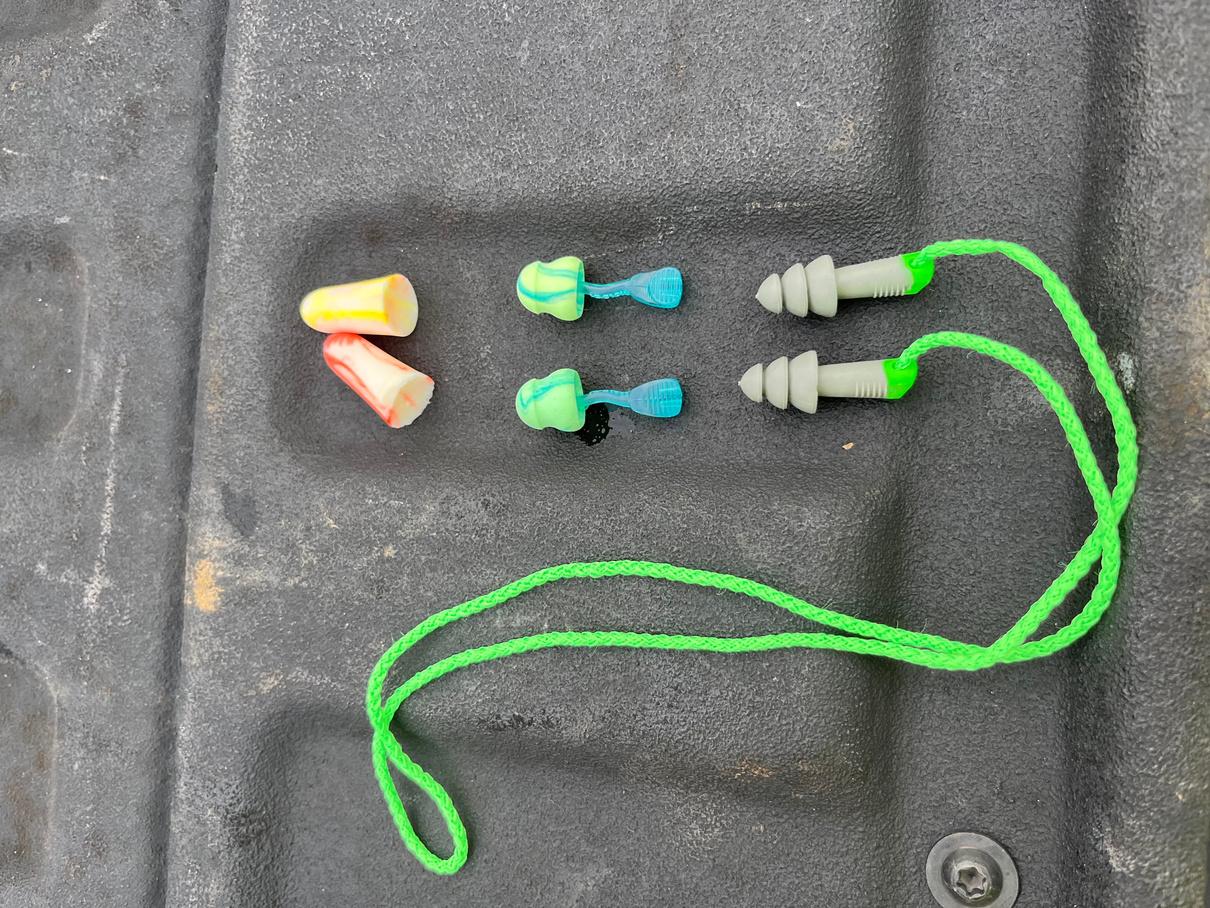
2 minute read
hearing tips
By Josh Wilder steff manager
Your hearing is invaluable, and taking preventative measures now can help ensure it stays with you for years to come While wearing hearing protection, it’s important to ensure a proper fit to effectively reduce noise exposure
According to the National Institute for Occupational Safety and Health, hearing loss is the most common occupational disease in the United States and the second most selfreported occupational illness or injury Because noise-induced hearing loss is non-reversible and usually takes place gradually, most people don’t realize it’s happening until it’s too late Noise levels at many of our job sites pose a hazard to your hearing We have procedures and personal protective equipment (PPE) that can protect crew members’ hearing
What types of PPE should you wear to protect your hearing?
• Earplugs and earmuffs are the two main types of hearing protection devices Our company provides earplugs to you at no cost.
How should these devices be used in order to provide adequate protection?
• Earmuffs: Earmuff cups must fully enclose your ears, not just rest on them Adjust the headband so it sits comfortably on your head Tie back long hair to ensure the best possible seal
• Foam earplugs: Shape these earplugs into a thin cylinder by squeezing lightly and rolling Don’t roll the plug into other shapes such as a cone or a ball Insert about half the length of the cylinder into your ear canal Don’t readjust a foam earplug while it’s in your ear Instead, remove and re-roll it
• Pre-molded earplugs: To use these earplugs, pull your ear outward and upward and insert the earplug tightly into the ear canal
When pre-molded earplugs are properly inserted, they will create a plugged or blocked-up feeling due to the airtight seal Pre-molded earplugs can be readjusted while in the ear. This type of earplug is sized, and you might need a different size for each ear
• Select hearing protection by checking the NRR (noise reduction rating) on the packaging It will indicate the level of decibels that are reduced through proper use measures now can help ensure it aring protection, like the earplugs ectively reduce noise exposure.
What are some things that won’t protect your hearing?
• Cotton stuffed in your ears
• Earbuds for use with electronic devices
• Modified earplugs or earmuffs Never modify a hearing protection device If it’s uncomfortable, damaged, or defective, notify your supervisor/crew leader

How should you care for hearing protection devices?
• Foam earplugs are disposable, and you should dispose of them when they become dirty or are no longer pliable Don’t wash foam earplugs
• Prevent contaminating pre-molded earplugs with dirt, chemicals, etc. while in use or storage. Clean with mild soap and water after use and thoroughly dry before reusing Discard them when they become worn or when you can’t achieve an effective seal Clean earmuffs with mild soap and water when dirty Notify your supervisor when the ear cups become damaged or brittle so a replacement can be obtained
• As with all PPE, store hearing protection devices in clean containers where they won’t be crushed or subjected to extreme temperatures








